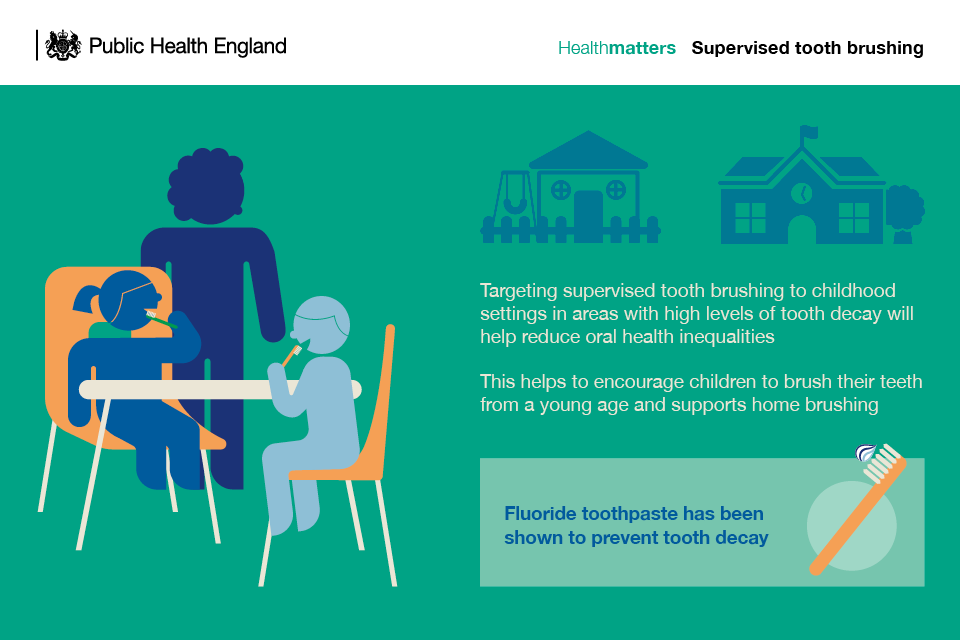Invisalign Versus Traditional Braces: A Substantial Assessment
Invisalign Versus Traditional Braces: A Substantial Assessment
Blog Article
24 hour emergency dentist near me no insurance Create By-Field Vargas
When faced with the decision in between Invisalign and traditional dental braces, you could question which option aligns far better with your lifestyle and preferences. The choice includes greater than just the visual appeal; it explores elements like treatment duration, comfort, and long-term dental wellness effects. Consider the impact each choice might have on your everyday regimen and positive self-image. As we discover the comprehensive comparison, you'll get understandings into the subtleties that make these orthodontic treatments one-of-a-kind and find which one may be the better fit for you.
Materials and Building and construction
When comparing Invisalign to typical braces, the products and building and construction differ dramatically. Invisalign consists of clear, smooth plastic aligners customized to fit your teeth. These aligners are virtually unseen, making them a prominent choice for those seeking a more discreet orthodontic therapy.
On the other hand, typical braces entail metal braces that are glued to your teeth. These braces are then connected by wires and rubber bands, applying pressure to slowly change your teeth into the preferred position.
The building and construction of Invisalign aligners permits a much more comfy fit contrasted to typical dental braces. The smooth plastic product reduces inflammation to your cheeks and gum tissues, which is a common problem with steel braces and wires. In addition, Invisalign aligners are detachable, making it simpler to clean and floss your teeth with no blockages.
In contrast, standard braces are fixed onto your teeth, calling for added treatment and time for correct maintenance.
Upkeep and Oral Hygiene
The upkeep and dental hygiene techniques differ in between Invisalign and traditional dental braces because of their one-of-a-kind layout and building.
With Invisalign, you can remove the aligners when eating or brushing your teeth, enabling you to preserve your regular dental health regimen with no blockages. 24 hour dental implants near me to comb your teeth after eating prior to placing the aligners back on protect against food fragments from obtaining trapped and triggering degeneration.
On the other hand, traditional braces need extra focus to keep your teeth clean. Food bits can quickly get stuck in the braces and wires, bring about plaque build-up and potential dental cavity. You'll need to utilize unique tools like interdental brushes or floss threaders to tidy between the cables and brackets efficiently.
Normal oral exams and cleanings are vital to make certain that your dental health is in top condition while wearing standard braces.
Visibility and Visual appeal
Visibility and aesthetics play a considerable role in the contrast between Invisalign and conventional braces. When it pertains to appearance, Invisalign supplies a clear advantage over conventional dental braces. Invisalign aligners are basically invisible, making them a popular selection for those who like a much more very discreet orthodontic treatment option.
Unlike the visible metal braces and cords of standard dental braces, Invisalign aligners are clear and assimilate with your all-natural teeth, enabling you to grin confidently throughout your treatment.
Traditional dental braces, on the other hand, are more conspicuous because of their metal parts. While some may go with vivid bands to customize their braces, others could really feel self-conscious regarding the visibility of these orthodontic devices. The famous appearance of typical dental braces can sometimes affect a person's self-worth, specifically for grownups in professional settings.
Final thought
To conclude, when choosing in between Invisalign and conventional dental braces, consider your way of life and preferences. Invisalign offers a discreet and comfortable alternative with very easy maintenance, while traditional braces give vibrant modification but may affect self-worth.
Inevitably, the decision ought to be based on what works best for you in terms of aesthetics, ease, and comfort. Ensure to speak with your orthodontist to establish the most ideal therapy for your individual needs.
